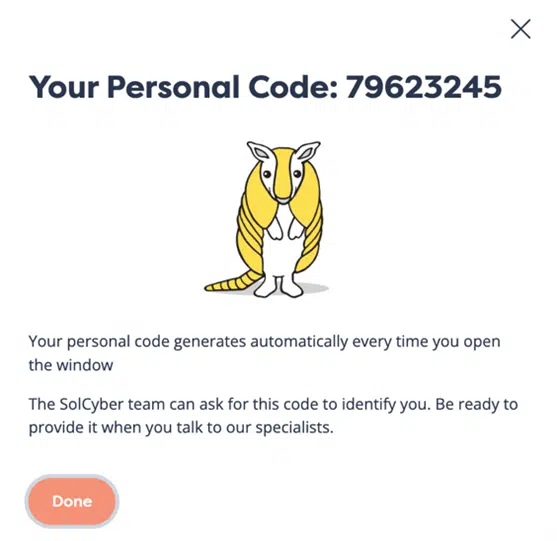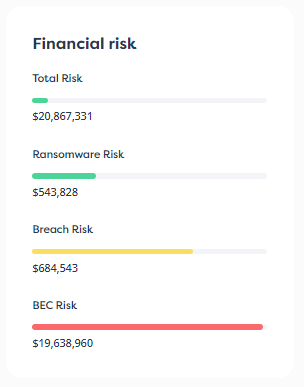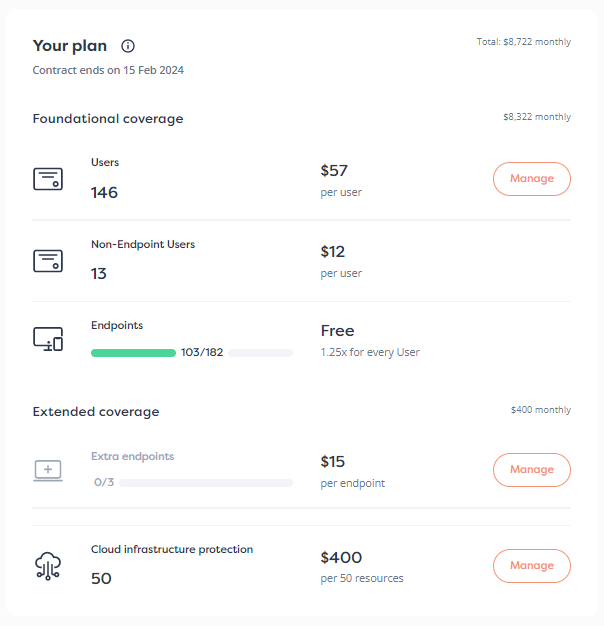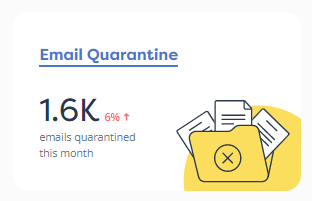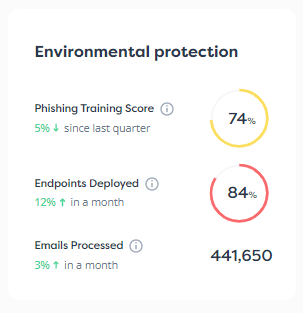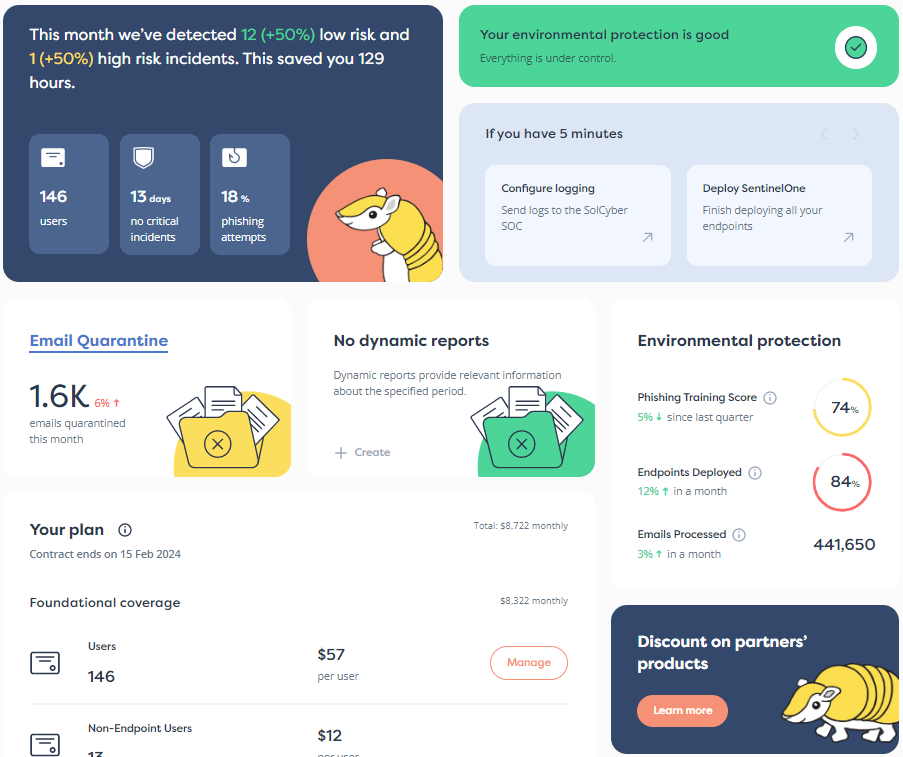

Collins Aerospace recently suffered a breach that led to check-in disruption at several European airports, notably in Dublin, London, Brussels and Berlin.
Now, the company has been taunted by the Everest ransomware gang, who claim to be behind the attack.
To be clear, we use the term “ransomware” fairly generally to refer to a computer or network intrusion that ends in cyber-extortion.
The attackers typically use a double-barreled blackmail scheme to squeeze their victims to pay for two different outcomes, for example by:
In the early days of ransomware, which first appeared way back in 1989, the file-scrambling trick was introduced because there simply wasn’t enough network bandwidth available to upload someone’s data, delete it from their computer, and then offer to sell it back to them.
By encrypting the data in place on your computer, the criminals essentially left you with “a backup you could not restore,” so that the attack worked even if you were entirely offline at the time.
Compute like it’s 1989! Video includes a live demo of the infamous PC Cyborg or AIDS Information Trojan for MS-DOS. (Demo starts at 14’08”.) Watch this video directly on YouTube if you would like additional video controls, including speed-up.
The word “ransomware” referred not just to the attack and its subsequent blackmail demands, but also to the malicious software used to perform the encryption.
The idea of stealing the data first and also encrypting it in place came later, once internet connectivity reached the ubiquity and speed that it has today.
Attackers in the 2020s could steal your data and then simply delete it, offering to sell you a download password to recover it, thereby sidestepping the need to build an encryption/decryption system. This approach has been tried, but to delete files so they can’t later be “undeleted” involves overwriting them with zeros or random garbage anyway. Leaving the original filenames and directories right there in plain sight, tantalizingly visible but with their contents turned into digital shredded cabbage, just helps the criminals add more psychological pressure. “Close,” as the saying goes, “but no cigar.”
In recent years, some attackers, apparently including the Everest gang, have given up on the encryption part, and carry out just the “steal data and demand money to suppress it” side of this crime.
Presumably, they’ve decided that the encryption stage is an unnecessary complication.
Bulk file scrambling is something that requires extra work; that might easily go wrong and damage a cybergang’s “reputation” as criminals; that might increase the chance of being detected or even caught; and that companies with decent backup-and-restore processes for lost data don’t find terribly threatening.
We still generally refer to this sort of steal-the-data-only attack as “ransomware,” even though it is the company’s reputation and its customers’ privacy that is being held to ransom rather than the availability of the data itself.
But the Everest criminals weren’t happy about being accused of ransomware activities.
On the darkweb site where they brag about their exploits and announce the sale or leakage of stolen data (typically with countdown timers for dramatic effect), they blustered with:
Our current position on ransomware: Our group does not use or distribute ransomware. Many are aware that we have not used ransomware for many years and have not announced any plans to do so in the future.
They also acted as though they were legitimate IT troubleshooters or cybersecurity researchers:
In our opinion, the situation could have been resolved differently, without creating additional problems for passengers; there was no objective need to resort to measures that caused widespread disruptions.
The meaning of the disingenuous phrase “could have been resolved differently” was made clear further on, when the gang noted (my emphasis):
This behavior suggests that management either underestimated the risks of public disclosure through our blog or acted haphazardly, without any clear strategy.
The crooks even went as far as encouraging affected travelers to sue, or at least to seek compensation, on the grounds that Collins didn’t give anyone advance notice of the shutdown that affected check-ins.
In other words, victim intimidation: “See what happens when you don’t pay up?”
Why not ask how SolCyber can help you do cybersecurity in the most human-friendly way? Don’t get stuck behind an ever-expanding convoy of security tools that leave you at the whim of policies and procedures that are dictated by the tools, even though they don’t suit your IT team, your colleagues, or your customers!
Paul Ducklin is a respected expert with more than 30 years of experience as a programmer, reverser, researcher and educator in the cybersecurity industry. Duck, as he is known, is also a globally respected writer, presenter and podcaster with an unmatched knack for explaining even the most complex technical issues in plain English. Read, learn, enjoy!


By subscribing you agree to our Privacy Policy and provide consent to receive updates from our company.

